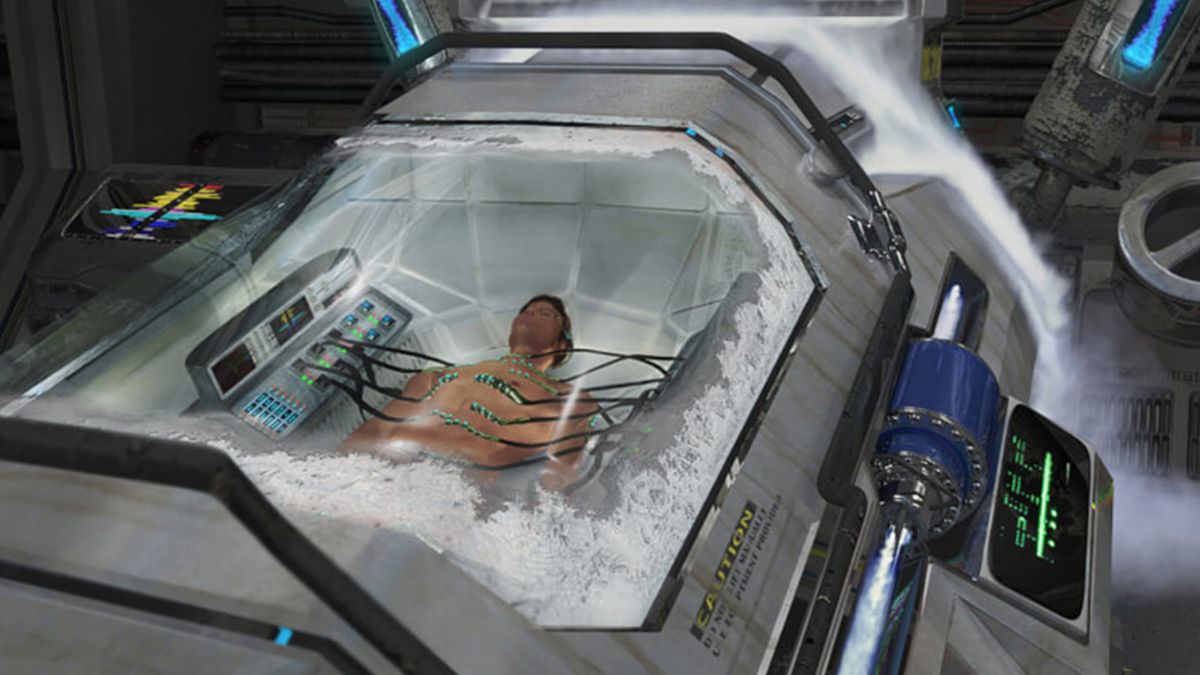Cryonics

- 31 May 2024
Why is it in the News?
An Australian cryonics company, Southern Cryonics, sparked a widespread debate after successfully freezing their first client, known as ‘Patient One’.
What is Cryonics?
- Cryonics is the practice of preserving human bodies in extremely cold or cryogenic temperatures (−196°C) with the hope of reviving them sometime in the future.
- Cryonics procedures can begin only after the "patients" are clinically and legally dead.
- When a dead body is cryonically preserved, it is packed with ice and injected with anticoagulants, a treatment to stop blood from clotting.
- The body is then transported to one of three cryonic centres in the world.
- There, in a process known as vitrification, the body is drained of its blood, which is then replaced with chemicals and anti-freeze.
- The body is placed in a sleeping bag and housed in a tank of liquid nitrogen at -196 degrees Celsius.
- The premise of cryonics is based on a possibility rather than a probability of success.
- There is no scientific evidence to suggest that it is possible to revive a person back to a living state.
- Cryobiologists hope that with future technology, including nanotechnology, they will be able to repair cells and tissues that are damaged during the freezing process.
Is cryonics ethical?
- There are some arguments in favour of cryonics, the simplest of which is one of free will and choice.
- As long as people are informed of the very small chance of success of future re-animation, and they are not being coerced, then their choice is an expression of their autonomy about how they wish to direct the disposal of their bodies and resources after death.
- In this light, choosing cryonics can be seen as no different to choosing cremation or burial, albeit a much more expensive option.
- However, this case raises several other ethical and problematic concerns.
- There is the issue of potentially exploiting vulnerable people.
- Some might argue vulnerable people are trading hype for hope.
- The cryonic process might work, but imperfectly. During the process of re-animation, there may be some brain damage.
- That would mean rather than waking up, one might be unconscious or trapped in some disordered, uncontrollable painful stream of consciousness.
It might be heaven but it might also be hell. The key issue is that people must be made aware of the risks as well as the benefits, and are not exploited.
